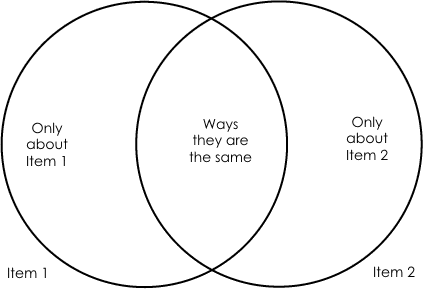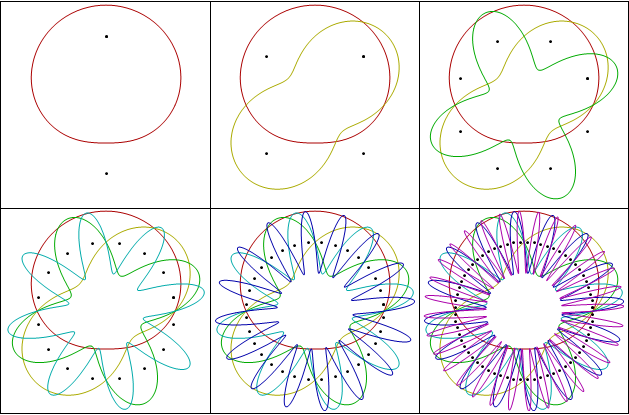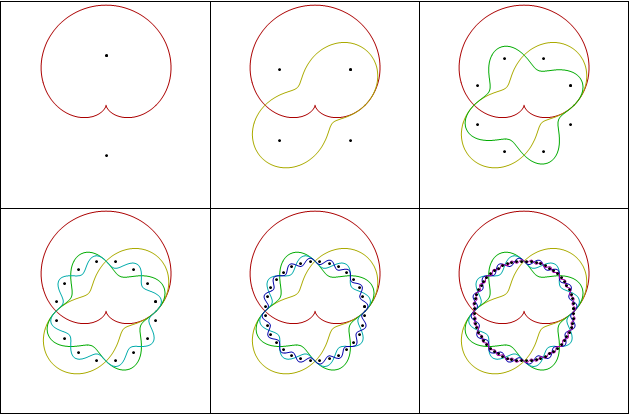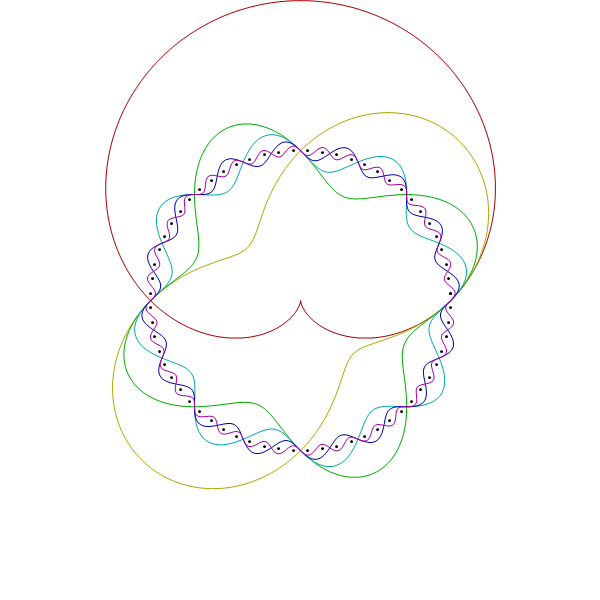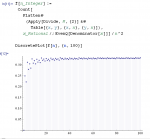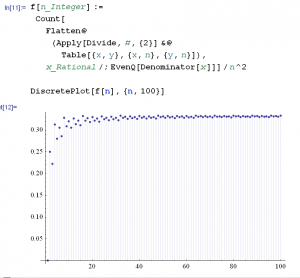On mathoverflow, they have this wonderful question “Can you give examples of proofs without words?”. The answers are beautiful. They visually “prove”
$$1 + 2 + 3 + \cdots + n = n (n + 1) / 2 = \left({ \begin{matrix} n \\ 2 \end{matrix}}\right),$$
$$32.5 = 31.5,$$
$$1^2 + 2^2 + 3^2 + \cdots + n^2 = n(n + 1)(n + 1/2)/3,$$
$$F^2_0 + F^2_1 + \cdots + F^2_n = F_n F_{n+1},$$
with $F_0 = 1$ for Fibonacci numbers $F_n$, and more than 15 other facts visually.
